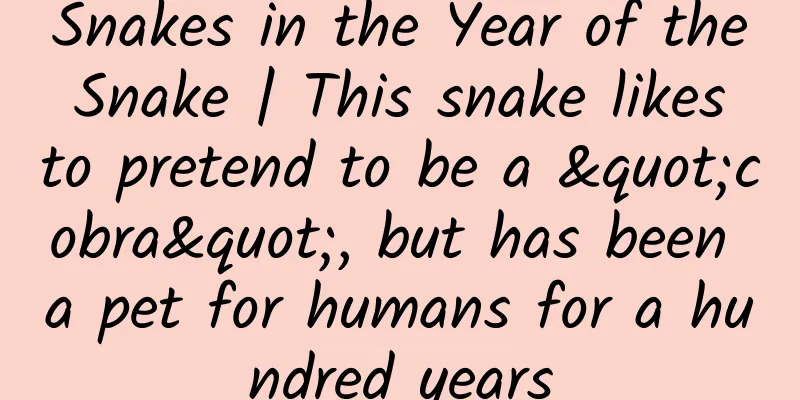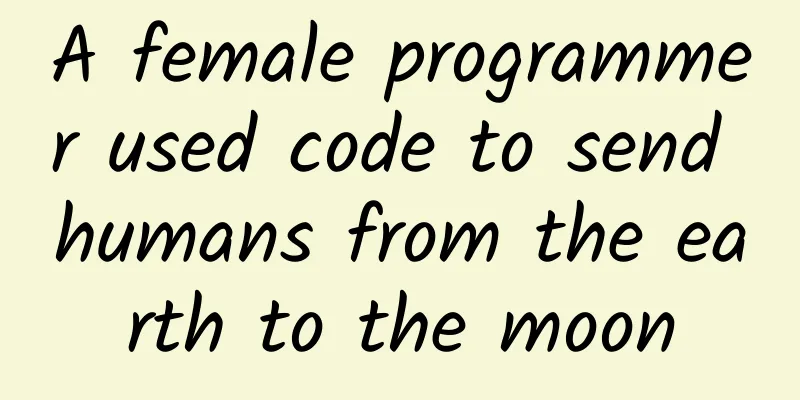Snakes in the Year of the Snake | This snake likes to pretend to be a "cobra", but has been a pet for humans for a hundred years

|
This year is the Year of the Snake, and the Year of the Snake refers to the snake. However, considering that most people seem to always have a tendency to avoid snakes. So today we are going to talk about a relatively "cute" snake - the Hognose Snake. It has been "popular" as a pet for hundreds of years. Why do people like to keep it? Where does the name Hognose come from? A baby pig-nosed snake is not much bigger than a human finger. Image source: undergroundreptiles 0 1Can snakes be cute? When you think of snakes, do you immediately think of the images that make people "scared"? For example, a triangular head, a tongue, sharp fangs, and a body as thick as a bucket. But the hognose snake may change your perception, because it is not only not scary, but may even make you think: "Hey, this guy is actually a little cute!" Hognose snake is a general term for several snakes with upturned noses. Compared with ordinary snakes, the scales at the tip of their noses are more upturned and their beaks are sharper, making them look like they have a "little pig nose", hence the name. Small upturned nose Image source: internetreptile Hognose snakes also like to use their "upturned noses" to sweep back and forth like piglets, digging in sandy soil to find food. Sometimes they will dig holes in piles of rotten leaves to dig out lizard eggs. From a classification perspective, the vast majority of hognose snakes come from the genus Heterodon of the family Colubridae, and are mainly distributed in North America (the United States and northern Mexico), including the eastern hognose snake (Heterodon platirhinos), the western hognose snake (Heterodon nasicus) and the southern hognose snake (Heterodon simus). A small number of hognose snakes live on the island of Madagascar, where they originally lived a peaceful and comfortable life until human expansion brought them out of the island. The southern hognose snake (left) has a more pointed snout than the eastern hognose snake (right) Image credit: Kevin Stohlgren As a member of the snake family, hognose snakes also have complex patterns and colorful colors on their body surfaces. The patterns and colors of different species of hognose snakes vary greatly. For example, the eastern hognose snake is often brown-gray, like the color of sand, with black and white stripes. The western hognose snake is even more interesting. Depending on their location, they will have a variety of colors such as red, orange, yellow, green, brown, and black. Some of the patterns on their body are spots, while others have nothing at all and the color is very pure. Brown Western Hognose Snake Image Source: mnherps Generally speaking, snakes use all these colorful colors to tell predators: "I am dangerous, you'd better leave me alone." The hognose snake also follows suit, but its deterrent effect is a matter of opinion. In fact, the color of its body is just a layer of "protective color" it wears. The hognose snake is not large in size, has average combat power, and is particularly timid. It will hide in the sand and leaves at the slightest disturbance. And they also lack the most deadly weapon of snakes - poison! Yes, hognose snakes are non-venomous snakes. Some species of hognose snakes are venomous, but the venom is basically very weak and poses no threat to humans. Image source: Reptiles Amino However, some people may not understand Hognose snakes are 'timid and weak' How to survive in the wild? 0 2 Hognose snake with "histrionic personality" In some areas of North America, local indigenous people call hognose snakes "cobras" or "puff adders". Both types of snakes are highly venomous, especially cobras, which are notorious. However, it is worth mentioning that cobra is actually a general term for many kinds of venomous snakes, most of which belong to the genus Naja. Image source: thailand'snakes The reason why people use "cobra" as the common name of the hog-nosed snake is that when facing danger, the hog-nosed snake usually adopts a unique defensive behavior - imitating the posture of a cobra. Specifically, the hog-nosed snake will tighten its neck muscles and present a "puffing neck" posture. There is actually an exquisite physiological mechanism behind this action. Looks like a "cobra", but is actually a hog-nosed snake. Image source: rmbolton Because the skin on the neck of the hognose snake does not have a clear "neck circumference" structure like that of the cobra, it tightens the skin in this area by contracting the muscles of its neck. Although it does not have the "skin folds" of the cobra's neck, it can still imitate a similar expansion effect. In order to imitate it more realistically, it will stand up its upper body, raise its head, stick out its tongue, and open its mouth slightly, looking as if it is ready to attack at any time. It looks quite similar. Image source: bunjywunjy This behavior is called "display defense," and its purpose is to scare off the enemy by making it think it is a more threatening and aggressive animal. Many reptiles use this trick. If this "bluff" does not force the opponent to retreat, the hognose snake will start to perform "playing dead", turning its body over and becoming stiff, while sticking its tongue out of its mouth. In order to make itself look like a real "corpse", it will even discharge a foul-smelling substance from its cloaca, further enhancing the "corpse" effect. You can't wake up a snake that plays dead. Image source: Internet At this time, the hognose snake will remain motionless, with only its eyes slightly open, observing the state of the threat. If the threat's gaze shifts, it will slowly move its body and then slip away. 0 3What should you pay attention to when raising hognose snakes? In the reptile breeding circle, the hognose snake has always been a popular choice among reptile enthusiasts because of its unique appearance and docile personality. It is also non-toxic and will not bite, making it a particularly suitable reptile pet for beginners. Holding it in your hand, source: Internet The environmental requirements for raising hognose snakes are not complicated. They like a warm environment, and the suitable temperature range is 24-30℃, so just provide them with a breeding box with proper temperature control. Hognose snakes do not require an overly complex habitat layout, as they are usually no larger than one meter and will not grow too large. A simple hiding place, suitable humidity and some natural decorations are enough to make them feel comfortable. Image source network In addition, the choice of food for hognose snakes is relatively simple. They mainly feed on small frogs, insects and small reptiles. In artificial breeding environments, they can be fed with small rodents or special reptile feeds. However, it is worth noting that they cannot only eat rodents, which may cause liver problems and even shorten their lifespan. It is best to feed them with a mixture of rodents. Hognose snake eating mouse Image source: Ectotherm Empire In general, it is relatively easy to raise a hognose snake. If you are new to reptiles, a hognose snake is definitely a recommended choice. It can provide you with the fun of raising reptiles without bringing too much pressure. I can even let it play dead when I'm bored. It's much more interesting than the gecko I raise! Author: Fish Editor: Dong Xiaoxian Reviewer: Zhang Chao, Li Peiyuan |
Recommend
The most comprehensive guide to information flow advertising, everything you want to know is here!
Advertising in the new media era is truly pervasi...
Fast, accurate, and clear! This "video recorder" can record atoms and molecules!
Author: Luo Huiqian, Researcher, Institute of Phy...
Why can doctors diagnose health problems just by looking at the person’s walking?
A friend told Huazi a "miraculous thing"...
We may find the secret to preventing cancer from elephants and blue whales
Cancer is essentially a disease caused by gene mu...
4000-word KOC expert operation strategy
This article wants to talk about KOL/ KOC communi...
Can one bottle of this drink “cheat” your physical fitness test? Can you drink “nitrogen pump” drinks casually?
Recently, many parts of the country have entered ...
For information flow advertising sponsors with large budgets, what kind of material and copywriting can make them earn a fortune?
After reading this article, I hope you can improv...
Shi Jianing: "Becoming a Technical Person Who Can Lead a Team"
Course Catalog ├──Document ├──[6348] Opening words...
That's not a bug, it's a new requirement
Ever since I started working in software developm...
Taking P2P as an example, how to build a member growth incentive system from scratch?
I have been engaged in Internet product fields fo...
4 channels and 5 tools for Taobao promotion
Four major channels: official Taobao activities, ...
“Seawater backflow” has become a hot search term. Why does the water from rivers flowing into the sea flow “backwards”?
Recently, seawater backflow has occurred in coast...
Tmall responds to the fake number of reservations for Hammer smartphones: It was done by programmers
On October 12, Tmall, one of the online sales cha...
How to cold start brand operation and promotion?
What is the cold start of a new brand? New brand,...
APP user growth data logic!
APP growth is inseparable from the application of...









